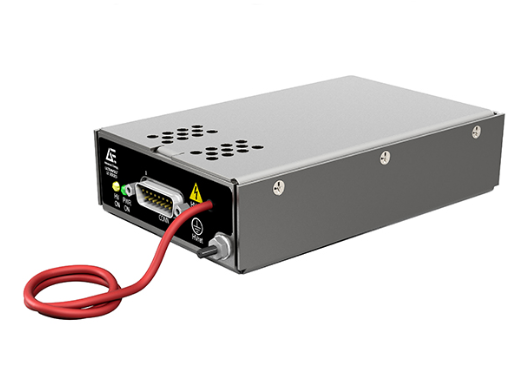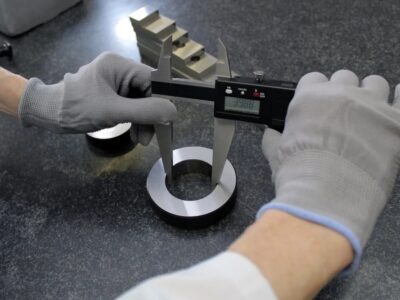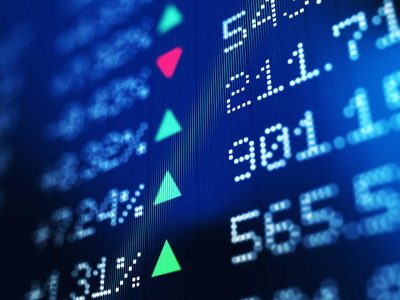
High Power DC to DC step up converter is an electronic device that converts electric power from one voltage level to another. A typical converter may receive an input ranging between 5 V and 100 V and output a fixed, constant voltage of 12 V or 24 V. High Power DC-DC converters are used in a variety of applications, including adjustable speed motor drives, uninterruptible power supplies, wind turbines and fuel cells to name a few.
High Power DC-DC converters may be further classified into three major categories:
- I. Buck Converter: A buck converter is a DC-DC converter that steps down voltage from an input source to a lower output voltage at the load by using one or more switching devices and an inductor.
- Boost Converter: Boost converters are used to increase the voltage level of an input voltage. They typically consist of two switches (MOSFETs), a diode, and an inductor. The basic operation consists of charging the inductor through the first switch when it is on (boost mode), turning off the switch, then turning on the second switch to discharge the inductor through a load (buck mode).
III. Buck-Boost Converter: A buck-boost converter is a DC-DC converter that steps either up or down an input voltage to provide an output of opposite polarity at the load. For example, if the desired output is +12 V and the source is providing -12 V, then buck mode would be used to convert the -12 V down to -3 V, and boost mode would then convert the -3V up to +15 V.
Features of High Power DC-DC converters
- High Current: Surface mount devices offer a limited amount of space, meaning they can’t dissipate as much heat as a through-hole device. This leads to lower current and fewer features. On the other hand, many high-power through-hole regulators are only available with an output current of 60-100A or less.
- High Voltage: Voltage can be increased by adding inductors. The high-power devices often still have more than enough current to easily accept extra input voltage to create higher output voltages.
- Solutions for High Voltage Applications: Higher voltage converters are becoming increasingly important with the growth of electric vehicles and solar energy systems.
- Smaller Footprint: Through-hole devices often take up more board space than necessary. They may also require external components such as heat sinks and mounting hardware. This can be a problem in small devices such as consumer electronics and solar battery chargers where every mom counts.
Benefits of High Power DC-DC converters
- More Options: Through-hole devices are often cheaper than SMPS because they can use bigger components (heat sinks, transformers, etc.) and more solder points. They also have room for heat sinking inside the case, so you don’t need any additional hardware.
- Lower Cost: Although through-hole high-power DC-DC regulators are bulky, they are still much cheaper than SMPS devices.
- Higher Efficiency: Higher current converters have less impedance and, therefore, lower losses. This means that there is less power wasted as heat – resulting in greater efficiency. Many high-power through-hole DC-DC converters are 90% or higher. The highest efficiencies can be achieved with DC-DC converters that have inductors on the output.









